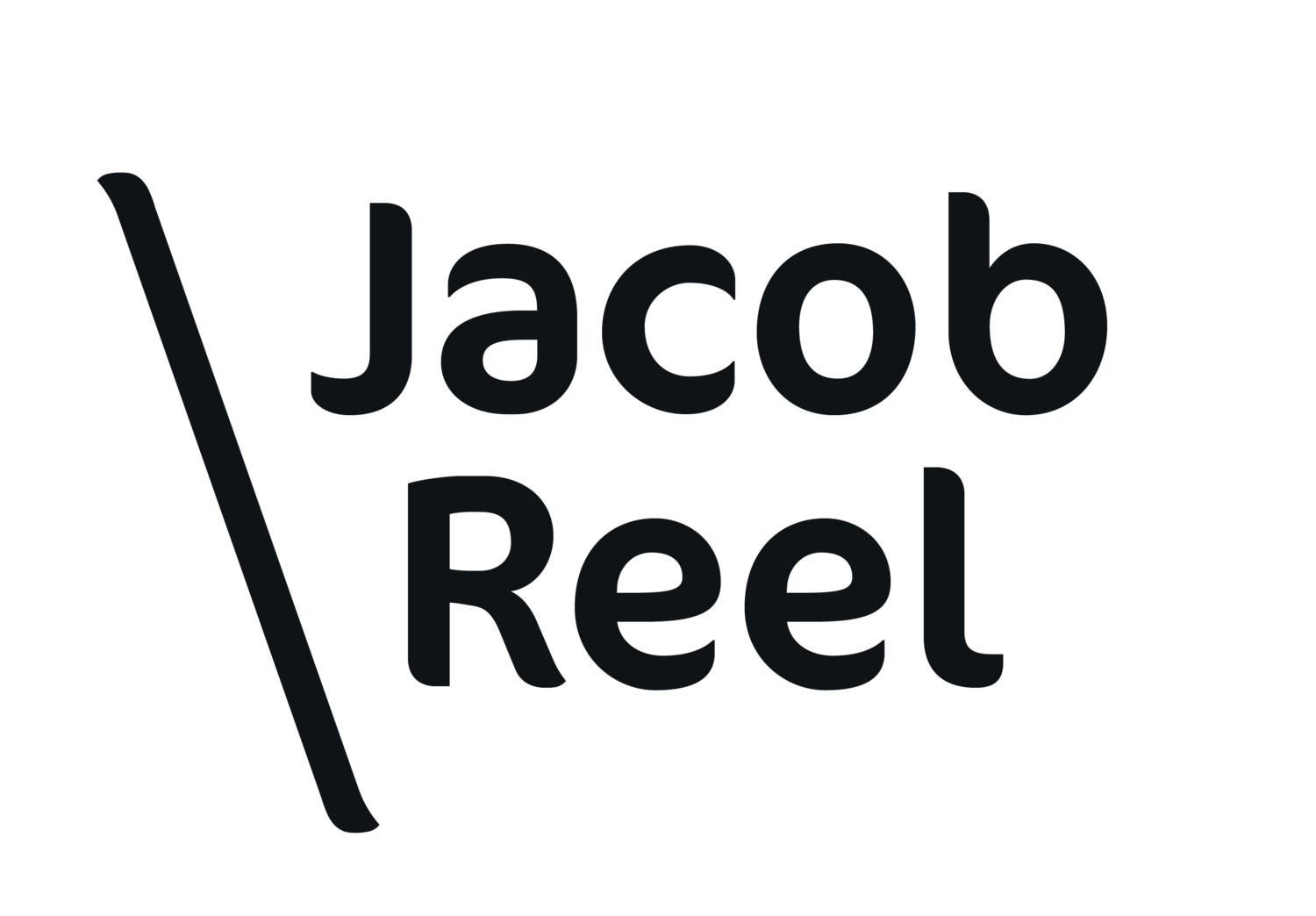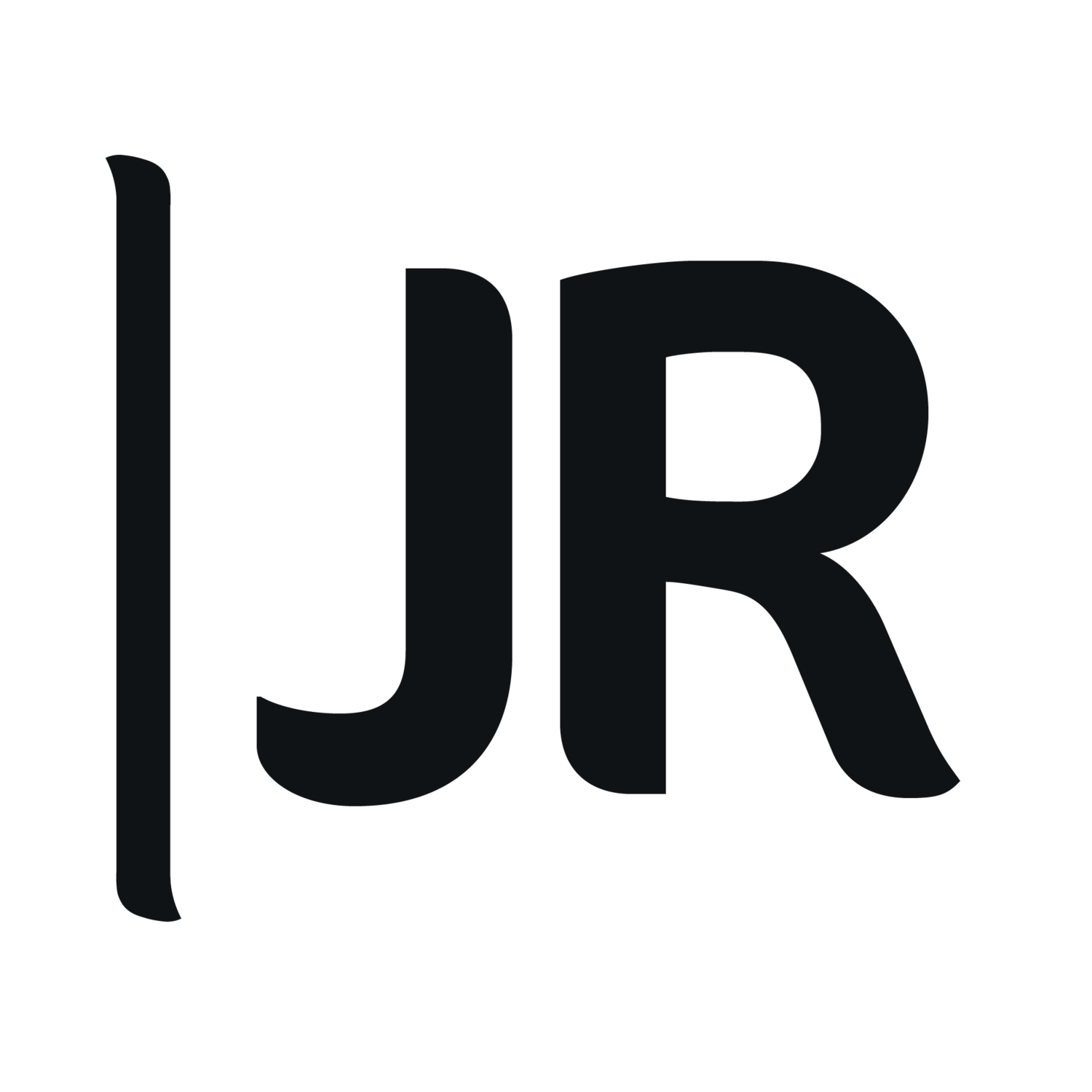
Class Project
DeLoop // App Creation
Objective: To identify a need within the DePaul community and develop a design solution to address it.
Overview: In collaboration with a team of four, we identified a low attendance rate at campus events among DePaul students. Through extensive research and interviews, we unearthed the underlying challenge: students often lack awareness of day-to-day campus events. To tackle this issue, our team developed an app called "DeLoop," envisioned as a comprehensive solution to serve as a one-stop-shop for students to stay informed about the latest happenings on campus.
Please note: This project showcases various processes, techniques, and valuable skills that I consistently deploy in many of my projects. However, the visual identity does not align with my current design style or capabilities. For a more up-to-date representation of my user interface skills, please check out my project ASSIST!
Skills Used
Affinity Diagramming
High-Fidelity Prototyping
Paper Prototyping
Heuristic Evaluation
Sketching
User Testing
Axure
Overview of Process
Ideate.
After identifying a need, we engaged in interviews to interact with our target users directly, to gain deeper insights into their needs.
Following the interview phase, we transitioned to the ideation stage, where our team collectively brainstormed numerous design solutions. Once we exhaustively documented our ideas, we proceeded to organize the data gathered from both interviews and brainstorming sessions into an affinity diagram.
Prototype.
Upon determining that an app would be the most effective solution to address our users' needs, we initiated the paper prototyping phase.
Throughout the prototyping process, we consistently referred back to the guiding statement: "A successful solution will:
Encourage all students to attend a diverse variety of events.
Help students easily discover discounts in a single place.
Assist event planners in better promoting their event(s)."
These statements served as crucial benchmarks, influencing our design decisions and ensuring alignment with our original goals.
Test.
With a preliminary paper prototype in hand, we invited our target users for testing, conducting a total of 5 sessions.
During these tests, participants vocalized their thoughts while attempting to complete a set of predetermined tasks. Post-testing, we accumulated valuable insights that played a pivotal role in shaping our decisions for the development of the high-fidelity prototype.
Paper Prototype User Scenarios
Testing your prototype with common user scenarios is an effective method to ensure usability. By creating scenarios that every user should be able to accomplish with ease, you can identify any friction in the design.
In this user scenario, we explore how a user would leverage DeLoop to discover available discounts as a DePaul student.
High-Fidelity Prototype
Having completed the brainstorming, interviewing, affinity diagramming, and low-fidelity prototyping phases, we were now prepared to embark on the development of a high-fidelity prototype.
The success of this design hinged on our ability to leverage the comprehensive data we collected.
Throughout the construction of our prototype, our primary goals were to ensure:
A minimal learning curve for users.
Accessibility of important functions within as few taps as possible.
A user interface characterized by strong alignment and readability.
We employed Axure to construct our high-fidelity prototype and incorporate functionality into the design. The finalized design encompassed four main pages:
Home: Providing users with a curated list of events tailored to their interests.
Calendar: Displaying all upcoming events for user convenience.
Discounts: Offering a comprehensive list of discounts available to DePaul students.
Settings: Allowing users to customize app settings and access their profiles.
These pages were strategically designed to offer a seamless and intuitive experience for users, enhancing their interaction with the app.







Final Takeaways
The design process is not a linear path; often, you find yourself returning to the drawing board, brainstorming, testing, and evaluating repeatedly.
Throughout this project, I gained a comprehensive understanding of the design process. It became evident how crucial each step is to achieve a successful design. It is through the numerous iterations that we can refine and enhance our designs, leading to improved usability across our digital spaces.





